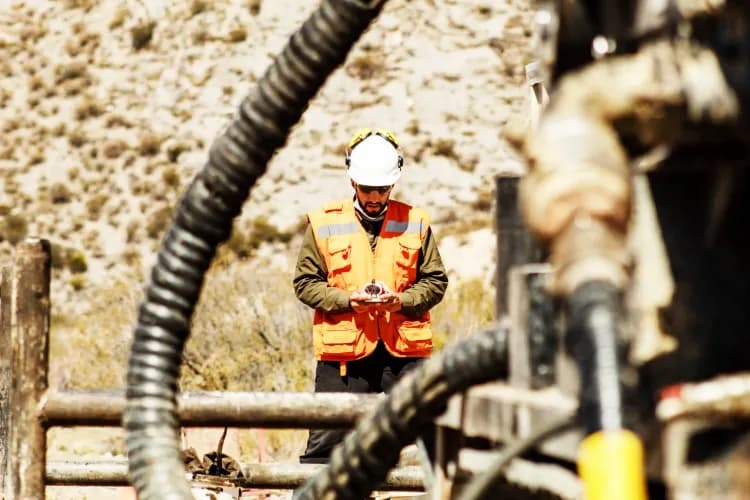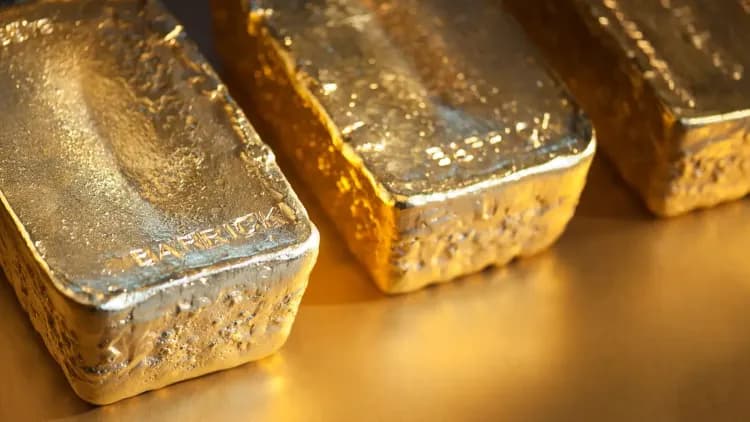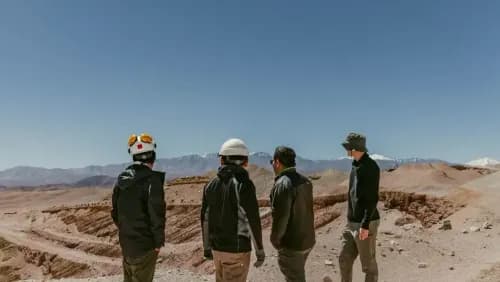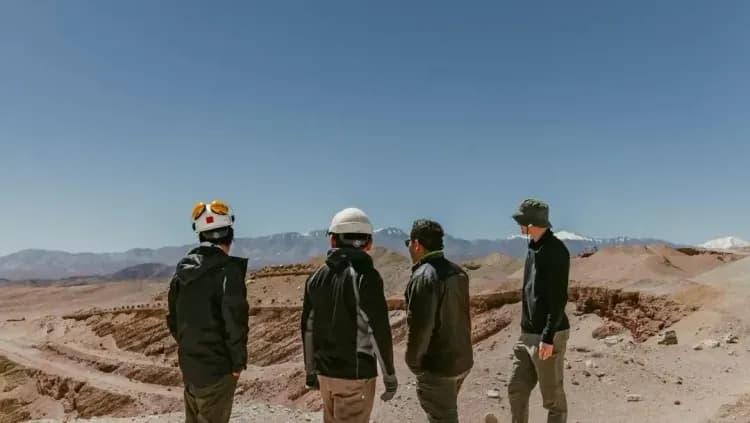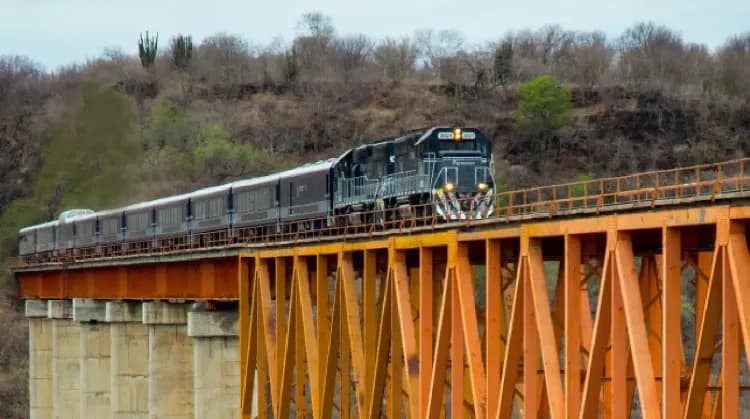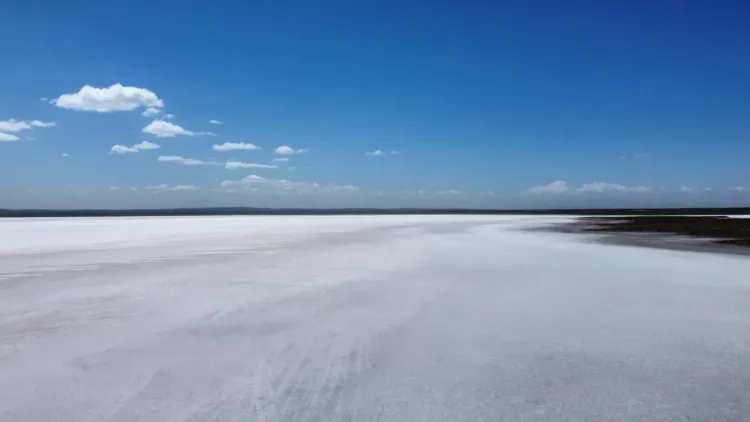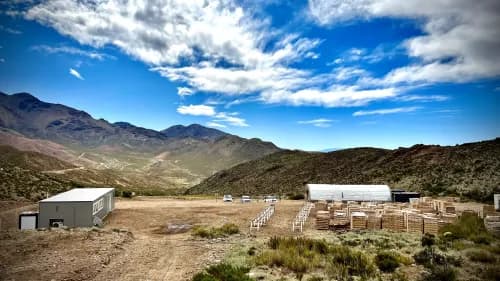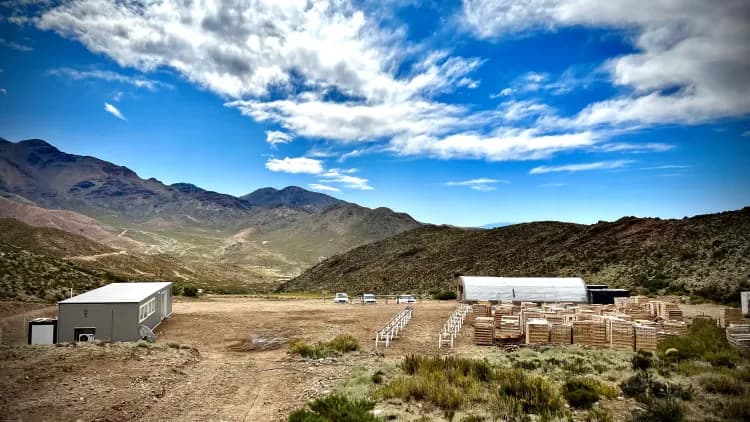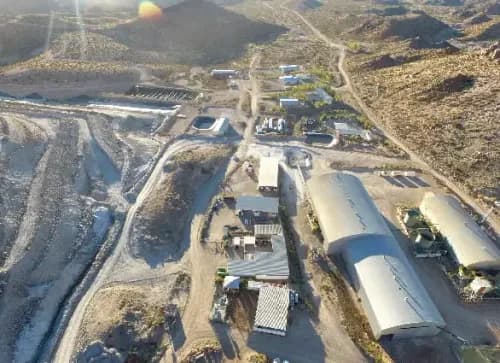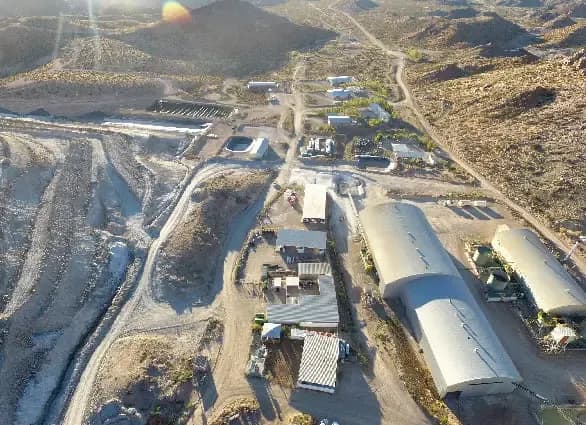Ahead of her appearance at the International Mining and Resources Conference (IMARC) Online, we spoke with Dassault HYPERLINK «https://imarcglobal.com/expo-exhibitors-details.php?exhibitor_slug=dassault-systemes»Systèmes, CEO GEOVIA, Michelle Ash and got her thoughts on some of the biggest problems the mining industry needs to solve today, and what can the mining industry learn from other industries for a competitive advantage.

IMARC: What aspects mining companies should pay attention to prepare for (and accelerate) the industry transformation to a more sustainable future?
Michelle: The biggest challenge to the mining industry today and in the future is changing opinions, changing expectations of society, of people, and of citizens. Our performance as an industry and the rate at which societies’ expectations are changing is actually widening. This does not mean we are not transforming. As an industry, we are adopting new technology, innovating and doing things differently; however, society’s expectations of us as an industry are so much higher than in previous generations. This is simply the result of seeing ongoing dramatic change in other sectors and expecting the mining sector to change as fast and as radically. This means that not only do we need to increase our rate of transformation, we also need to fundamentally rethink some of our processes.
This translates into the need to adopt completely new ways of working, in order to remain relevant to the community and the emerging workforce. Mining companies need to increase the rate at which they adopt technologies that enable mobility and collaboration to solve problems in unique and transparent ways. These platforms and applications make working collaboratively from anywhere seamless. Mining businesses must also ensure their workforce build new skills, such as high voltage electrical, data science and analytics, robotics, instrumentation in order to attract young talent and remain competitive employers.
IMARC: What are the major business problems the industry needs to solve today?
Michelle: For me, there are four major problems we need to solve as an industry –
- Global ore body intelligence: We need to be able to find ore bodies faster, cheaper, and more completely. We can use satellite imaging to detect ore bodies and use physical geospatial and hyperspectral technologies to provide additional data to a geologist.
- Automation and electrification: We need to understand performance, and optimize performance in real time and optimize planning in real time.
- Precision extraction: We need to be even more precise in extracting the metal that we are interested in without creating excessive waste and subsequently being able to process the metal efficiently. This means using digital twins to create simulations and what-if scenarios before building in real life with sensors in place for analytics. This not only minimizes risk but also reduces errors, and waste.
- Creation of social value: We need to better use technology to create and distribute value to our communities.
Mining companies’ real competitive advantage is the speed at which they can adopt technology into their business that solves a business problem, while continuing to create value to society. This is where mining organizations need to look at solutions that are already available in other industries and their ecosystem of competition and collaboration in order to build a sustainable future.
IMARC: What lessons can the mining industry learn from other industries for their competitive advantage?
Michelle: The mining industry can learn from aircraft and automotive industries; two industries which experienced something similar in the last quarter of the last century. Both industries have fundamentally changed from leveraging emerging technology of the time and adopting radically different ways of doing things.
For example in the aircraft industry, technology has helped in a 91 per cent reduction in development time, 71 per cent reduction in labor costs, 90 per cent reduction in redesign and dramatically reduced design and production flaws, mismatches, and associated errors.
The auto industry has also developed into a segmented network in the last 50 years. For example, no car company makes windshields or rear-view-mirrors anymore – they are always purchased from windshield makers, and rear-view-mirror makers respectively. This division of labor across the automotive ecosystem enables suppliers to be agile and innovative. This also means that auto-parts can be quickly and easily sourced and suppliers empowered to design and produce new parts quickly and efficiently.
IMARC: How can the industry attract younger people and sustain diversity?
Michelle: The only question mining companies need to consider – How do I rapidly change the way we work to enable greater inclusivity, more remote working, whilst also adding value to our communities?
In most of the developed countries, the mining sector has a mature and ageing workforce. For example, in Russia and Australia, three quarters of the workforce will be retiring in the next 15 years. The younger generation does not see mining in the same way. In addition, the younger generation, being digital natives, are also more interested in automation jobs, the robotics jobs, the remote operating centre jobs, or working with drones. This means the sector has to evolve much more rapidly and incorporate new technology and new ways of working with some of this great equipment to solve problems and work in fundamentally different ways in order to attract the younger generation. The younger generation is much more collaborative, much more eager to talk about the issues that they see and find solutions.
Want more?
Michelle will share further insights on Shaping the Sustainable Future of Mining during her presentation at the International Mining and Resources Conference ( HYPERLINK «https://imarcglobal.com/»IMARC HYPERLINK «https://imarcglobal.com/») Online this Wednesday, the 25th of November, the event is on now until the 27th of November.
For further information please visit imarconline.com
-ENDS-
The International Mining and Resources Conference (IMARC) is where global mining leaders connect with technology, finance and the future. IMARC Online brings together decision makers, mining leaders, policy makers, investors, mining buyers, technical experts, innovators and educators from the global mining and resources community together to interact, network, learn and engage. With the event being online, attendees are no longer constrained by geographic boundaries, allowing for even more international attendees than ever before. IMARC is developed in collaboration with its founding partners the Victorian State Government of Australia, Austmine, AusIMM and Mines and Money.

